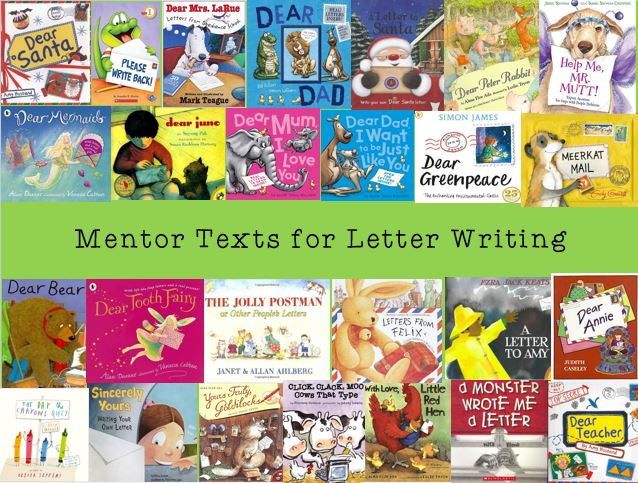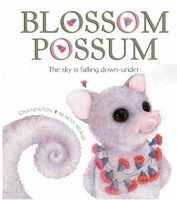Adventures in Thinking: creative thinking & co-operative talk in small groups by Joan Dalton was published in 1985. For a pre-service teacher in her final year of study, it was an influential text that was published to support the development of creative and critical thinking, problem-solving, questioning and co-operative learning groups.

Dalton (1985) ascribes the artwork throughout the book to eight-year-old Yuri Chlebnikowski. One page which has stuck with me for over thirty years is the introductory page to the section on creative thinking about disasters.
What struck me about this page, is that when I think of 'disasters', I think of fire, famine and flood, amongst others. The images on this page in the book, however, represent disasters in quite specific and different ways. I started thinking (which is the purpose of the book, to inspire thinking, and often we don't have the answers to our own questions and ponderings, which is one of the reasons why encouraging children to share their own thinking is so powerful)...
Why did young Yuri, at eight years of age, represent 'disasters' with high-rise buildings, aircraft and parachutes?
Let's contextualise this...The book was published in 1985 by Thomas Nelson Australia, in South Melbourne, Victoria. The events of September 11 were some twenty-six years later, after the book's date of publication. Australia had no history of events such as 9/11, so why did young Yuri, at eight years of age, represent 'Disasters' in this way? We certainly had a history in Australia of natural disasters, including fires, floods, cyclones, etc. but young Yuri's images depict man-made disasters, perhaps of imagined terrorist intent, and possibly pre-emptive of future world events.
I decided to research where young Yuri may be now, thirty-two years later, as a forty-year-old man. I imagined that 'Yuri Chlebnikowski' would not be a common name, so I commenced my search. I found one website that attributed a Yuri Chlebnikowski to graphic design work in relation to Nick Chlebnikowski's fractal paintings. Another, dated 2000, cited a 'Yuri Chlebnikowski' as an artist and graphic designer. That would fit with the possible future of a young eight year old whose artworks were selected to be included in Joan Dalton's popular teacher professional development text.
I found another website with the suggestion that Yuri could be the son of Nick, a talented and well-known wine merchant, architect and artist from Melbourne, Victoria. There was also the suggestion on another website that Yuri may have been Nick's grandson, now involved in running the family's liquor enterprise, Nicks Wine Merchants, in Doncaster, Victoria.
Whether Yuri, is the son or grandson of Nick Chlebnikowski is unknown by me, however, what remains is the question of why Yuri represented disasters the way he did, as man-made constructions, in his illustrations as an eight-year-old Australian boy? Why didn't he represent 'disasters' as Australian natural disasters such as bushfires, floods, cyclones, droughts etc? Why did he choose to represent the concept of 'disasters' as involving aircraft and high-rise buildings?
Was the author of the book, Joan Dalton, aware of this visual construction of 'disasters' and did it align to the content within that chapter? Was young Yuri instructed or guided about what to draw on this title page to this section of the overall text?
The chapter on Disasters in the book, Adventures in Thinking, includes topics such as explosions, an escaped gorilla, equipment used in an emergency, fire at school, starving families, chaos at Melbourne airport, a disaster-proof home, bushfires, floods, cyclones, disease, war, drought, State Emergency Services, crime, a radiation leak at a city nuclear power station in the year 2000...but nothing suggesting a terror attack or planes flying into buildings as representations of disaster.
I don't have the answers, but the questions have been bubbling away now for over thirty years...and they probably still will...This is just one small example of the power of the visual text, over thirty years later!
I would love to hear from Joan or Yuri if they read this post :)


































